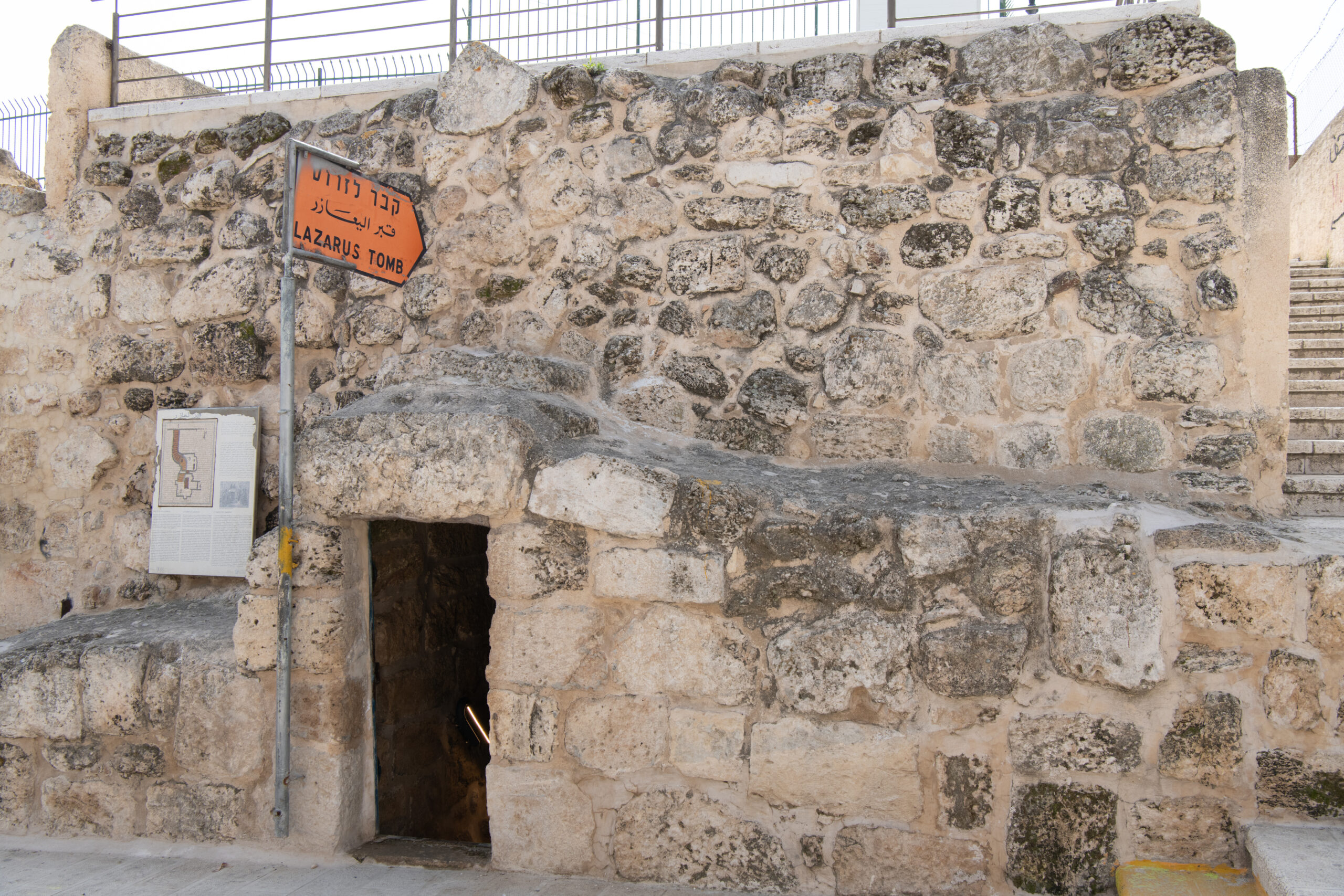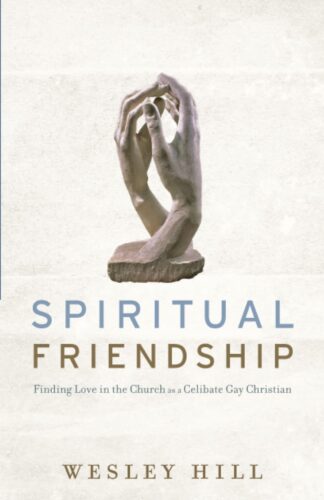This essay first appeared in our weekly Scripture reflection newsletter on April 5, 2025.
Lately, whenever I preach on the Raising of Lazarus, which is an alternate Gospel reading for the Fifth Sunday of Lent, I often tell the congregation that I have good news and bad news. The good news is that I spent the last five years writing a book on Lazarus—called Come Forth—so I have a lot to say. But depending on the crowd’s time and patience, that could be bad news as well!
This Gospel narrative, often called “Jesus’ greatest miracle,” is well known by Catholics and Christians, not only for Jesus’ dramatic raising of a man who has been dead for four days, but also for the marvelous storytelling in John’s Gospel. The New Testament scholar John Meier has called John’s unusually lengthy narrative a “great theological masterpiece.”
But two parts of the story have become more meaningful to me over the past few years. And these are two of Jesus’s utterances to the crowd in Bethany: First, as the crowd (including Lazarus’s sisters Martha and Mary) gathers expectantly before the closed tomb, Jesus says, “Take away the stone.” Second, after Lazarus has emerged from the tomb, still bound in his grave clothes and a head covering, Jesus tells the same group of people, “Untie him and let him go.”
My sense is that Jesus is asking the crowd to participate in this great miracle of life. And this part of the Gospel narrative has profound implications for all of us.
Why would Jesus need to say those two things? Certainly, Jesus had the power to remove the stone (it probably would be considered another “nature miracle,” like stilling a storm on the Sea of Galilee). He could also have had Lazarus simply appear (as the Risen Christ appears to the disciples who are locked behind closed doors). And, just as certainly, Lazarus could have appeared fully clothed (as the Risen Christ is somehow clothed like a gardener on Easter Sunday) or even naked. In other words, anyone who could raise someone from the dead could surely cause either a stone or clothes to be removed.
So why does Jesus say these things? My sense is that he is asking the crowd to participate in this great miracle of life. And this part of the Gospel narrative has profound implications for all of us.
When we think of the Raising of Lazarus, we might think of the fundamental message that Jesus is able to give life—just as the Father gives life to all things in the creation narratives, as recorded in the Book of Genesis. Or we might think of the deeper messages: that life is stronger than death, that love is stronger than hate, that hope is stronger than despair and that nothing is impossible with God—which are also the messages of Easter. Or we might think about what the story means for our own lives—asking us where we can leave behind “in the tomb” anything keeping us from hearing God’s voice.
We can participate in these freeings by, taking away any “stones” that keep our friends and family from moving ahead and “untying” them from anything that they need to shed.
But Jesus’s two commands to the crowd—“Take away the stone” and “Untie him and let him go”—remind us that the story is not just about the Father, or Jesus or us. It’s also about others in our lives. God invites us to participate in the freeing of other people.
Of course, the grace to be free—to enter into a “metanoia” (change of mind and heart), to let go of an unhealthy pattern of behavior, to decide to be more loving, to turn over a “new leaf” or, perhaps for an LGBTQ person to “come out”—begins with God’s grace. But we can participate in these freeings by taking away any “stones” that keep our friends and family from moving ahead and “untying” them from anything that they need to shed.
Jesus asks the crowd to participate in the freeing of Lazarus and he asks us to participate in the freeing of our friends, so that they too may have new life.
So this week we might consider two questions: What “stones” can I help remove from my friend’s lives? How can I “untie” a family member who may feel unfree? As in the story of Lazarus, God does the hard work. At the same time, we are called not simply to be bystanders but participants in God’s great work of freeing and freedom.



